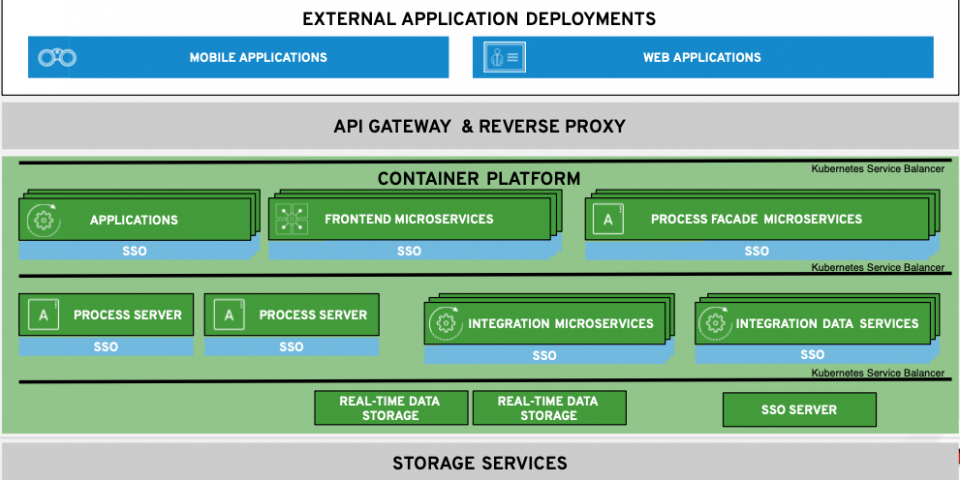For the past few months, I've been digging into my new role with a group of Portfolio Architects, looking specifically at integration as the key to omnichannel customer experience.
It's an interesting challenge in that we've been given the mission of creating architectural content based on common customer adoption patterns. That's very different from most of the traditional marketing activities usually associated with generating content for the sole purpose of positioning products for solutions. When you're basing the content on actual execution in solution delivery, you're cutting out the chuff.
What's that mean?
It means that it's going to provide you with a way to implement a solution using open source technologies by focusing on the integrations, structures, and interactions that actually have been proven to work.
What's not included is any vendor promises that you'll find in normal marketing content: those promises that, when it gets down to implementation crunch time, might not fully deliver.
Enter the term architectural blueprint.
In this series of articles, let's look at these blueprints, how they are created, and what value they provide for your solution designs.
The process
The first step is to decide the use case to start with, which in my case had to be linked to a higher-level theme that becomes the leading focus. This higher-level theme is not quite boiling the ocean, but it's so broad that it's going to require some division into smaller parts.
We've settled on the higher-level theme being 'migrating applications to containers,' which gives me the latitude to break it down as follows in no particular order:
- Omnichannel customer experience
- Agile integration for cloud-native applications
- APIs for customer and partner ecosystems
- Multiple SaaS integration across hybrid environments
- Application modernization
The first case I'm tackling is omnichannel customer experience.
The approach taken is to research our existing customers who have implemented solutions in this space, collect their public-facing content, research the internal implementation documentation collections from their successful engagements, and where necessary reach out to the field resources involved.
What's next
The resulting content targets the following three items:
- A slide deck of the architectural blueprint for use that tells the portfolio solution story.
- A generic architectural diagram providing the general details for the portfolio solution.
- A write-up of the portfolio solution in a "solution brief" format.
An overview of the series on the omnichannel customer experience portfolio architecture blueprint can be found here:
- Part 1: How integration is key to customer experience (this article)
- Part 2: Common architectural elements for modern integration architectures
- Part 3: Integration of external application details
- Part 4: Integration of API management details
- Part 5: Integration of container platform essentials
- Part 6: Integration of storage services
- Part 7: Application integration details
- Part 8: Dissecting several specific application integration architectures
Catch up on any articles you missed by following one of the links above.
Next in this series, I'll be taking a look at the generic common architecture for omnichannel customer experience.
Last updated: January 21, 2019

